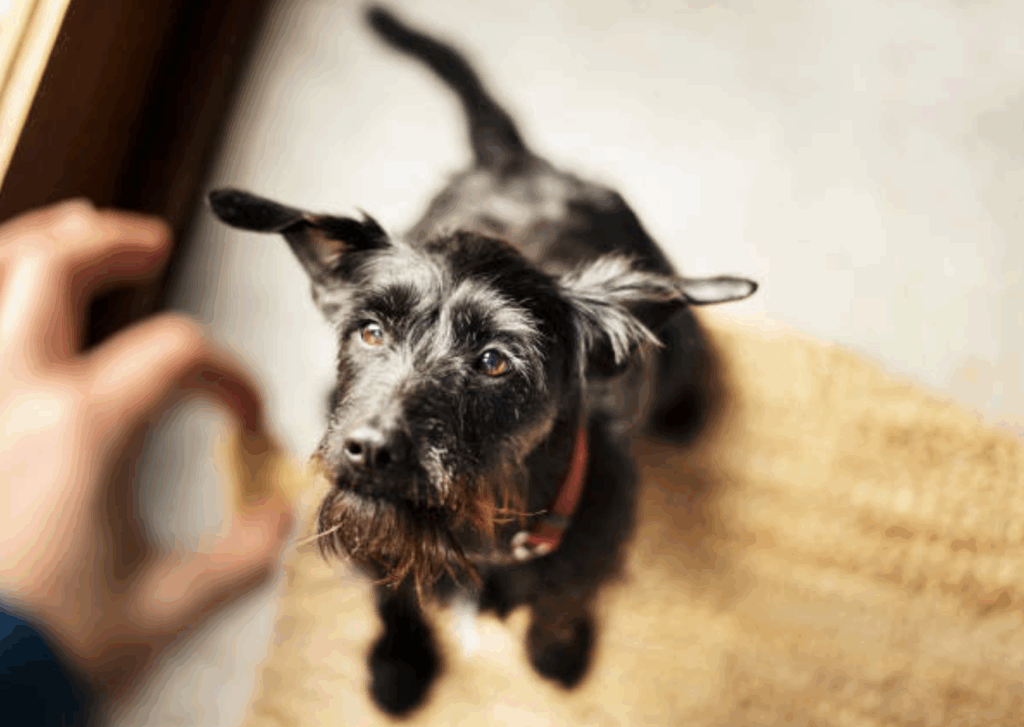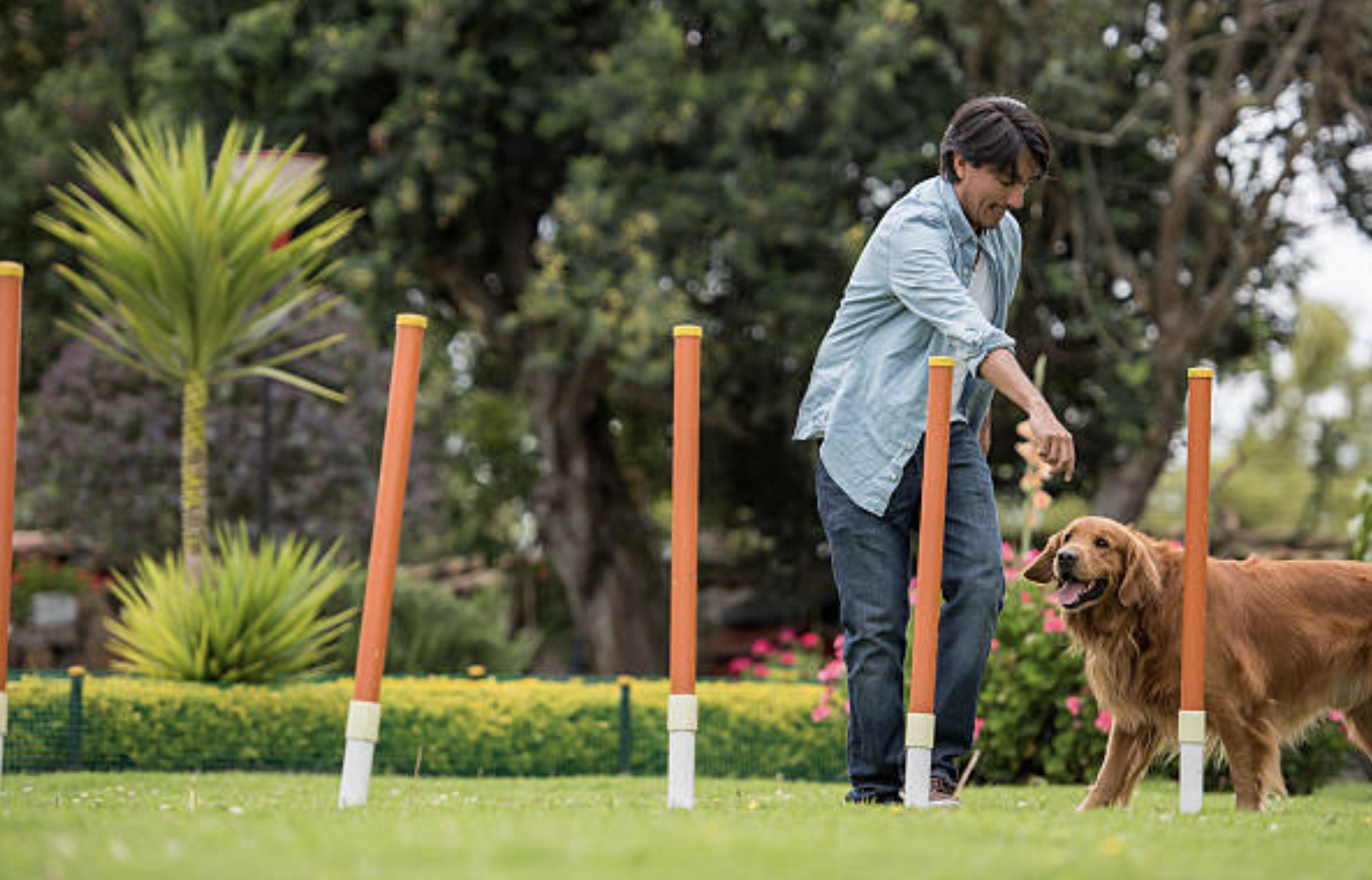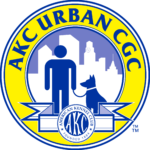A Realistic Guide to Setting Expectations and Seeing Progress
One of the most frequent questions asked by new dog owners is, “How long does it take to train a dog?” It’s an understandable question, especially for someone dealing with a puppy chewing through furniture, a dog dragging them down the street, or a rescue pup struggling to adjust. But the answer isn’t as straightforward as most would like.
There’s no set number of days or weeks that applies to every dog. The time it takes to train a dog depends on multiple factors: the dog’s age, temperament, previous experiences, the goals of training, and—most importantly—the consistency of the human on the other end of the leash.
Rather than focusing on the fastest possible results, dog owners should focus on steady, sustainable progress. That’s how lasting behavior is built.
What Does “Trained” Actually Mean?
Before diving into timelines, it’s important to define what “trained” really means. That word means different things to different people.
For one household, it may mean a dog that doesn’t jump on guests or have accidents in the house. For another, it might mean off-leash control in public, calm behavior in high-distraction environments, or a dog that can assist with service tasks.
Each of these goals requires different levels of work, structure, and time. Teaching a dog to sit when asked can take a few days. Teaching a dog to stay reliably when another dog is running by? That can take months of repetition and controlled practice.
Key Factors That Influence Training Time
Several factors can speed up or slow down the training process. Recognizing these early can help shape realistic expectations.
1. Age of the Dog
Young puppies are typically easier to train—eager to learn, highly adaptable, but also easily distracted. They typically pick up basic cues quickly but need extra time for impulse control and consistency.
Adult dogs often focus better but may come with habits that need to be replaced, especially if they’ve had little or inconsistent prior training.
Senior dogs can absolutely learn, but their training may need to be adapted for mobility or sensory changes.
2. Breed and Temperament
Some dogs are naturally more handler-focused or eager to please, while others are more independent or easily overstimulated. Herding breeds, for example, often take to structured training quickly. High-energy or stubborn breeds may require more repetition and patience.
Temperament also plays a big role. A calm, confident dog may progress faster than a nervous or reactive one, especially in busy or unfamiliar environments.
3. History and Experience
Dogs adopted from shelters or with traumatic pasts may take longer to adjust and trust. If a dog has learned that humans are inconsistent or unpredictable, building a sense of safety is often the first step, before teaching commands or correcting behavior.
4. The Training Environment
A calm, consistent home with clear boundaries provides an ideal foundation for training. A chaotic environment with frequent changes or mixed messages will make learning harder. Every member of the household needs to follow the same rules and cues for best results.
5. Training Goals
Teaching a basic cue like “sit” or “come” indoors takes far less time than addressing leash reactivity, resource guarding, or off-leash reliability. The more advanced or emotionally charged the behavior, the longer the training timeline.
General Timelines for Common Training Goals

While every dog is different, there are typical ranges for certain foundational skills when training is consistent:
- Basic cues (sit, down, stay, come, leash walking)
Initial learning: a few days to a few weeks
Consistent, reliable behavior: 2–4 months - Potty training
2–6 months, depending on age, environment, and supervision - Crate training
A few weeks to several months for full comfort and overnight reliability - Behavior modification (fear, leash reactivity, aggression)
Often, several months to a year or more; progress depends on the dog’s history and the owner’s commitment - Advanced training (off-leash control, service work)
6 months to 2 years of structured, ongoing training
These timelines assume that training is happening regularly—daily practice, not just once a week at class or occasionally in the backyard. Sporadic training results in slow, inconsistent progress.
Why Training Is Never Truly “Finished”
One of the most important concepts for dog owners to understand is that training isn’t something that ends. It’s not a project to complete—it’s a process to maintain.
Even a well-trained dog needs reinforcement. Skills fade without practice. New environments, life changes, or long gaps in training can cause previously solid behaviors to slip. The most reliable dogs are the ones whose owners treat training as a part of everyday life, not a box to check once and move on.
Training also evolves with the dog. A young pup might need help with basic boundaries. A teenage dog might suddenly start testing limits. A mature adult dog might benefit from new challenges to keep their mind sharp. Just like humans, dogs learn best when their education continues.
Tips for Staying on Track and Seeing Progress
Training success isn’t about big leaps—it’s about consistent, small wins. Here are a few tips to help first-time and seasoned dog owners alike stay on track:
- Keep sessions short and regular – Five to ten minutes a few times a day is far more effective than long, infrequent sessions.
- Reinforce good behavior outside of “training mode” – Reward calm behavior, polite manners, and focus during real-life situations like walks, greetings, or mealtime.
- Stay patient during plateaus or setbacks – Dogs go through learning phases. Regression doesn’t mean failure—it’s part of the process.
- Focus on clarity, not correction – Dogs aren’t being stubborn when they’re unsure. Clear guidance, not frustration, helps them succeed.
- Celebrate progress – Every small improvement is a step forward, even if it doesn’t feel like it in the moment.
Conclusion
There’s no exact timeline for how long it takes to train a dog. Some behaviors may take days. Others, weeks or months. And many skills require maintenance over a lifetime. The variables, age, breed, history, goals, and environment, make every dog’s learning journey unique.
Rather than focusing on how quickly a dog can be trained, the better question is, “What can I do today to help my dog understand what I want?” That mindset leads to better habits, a stronger bond, and a dog that’s not just trained, but truly understood.





